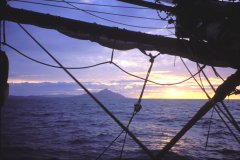Stand by to wear ship!!!
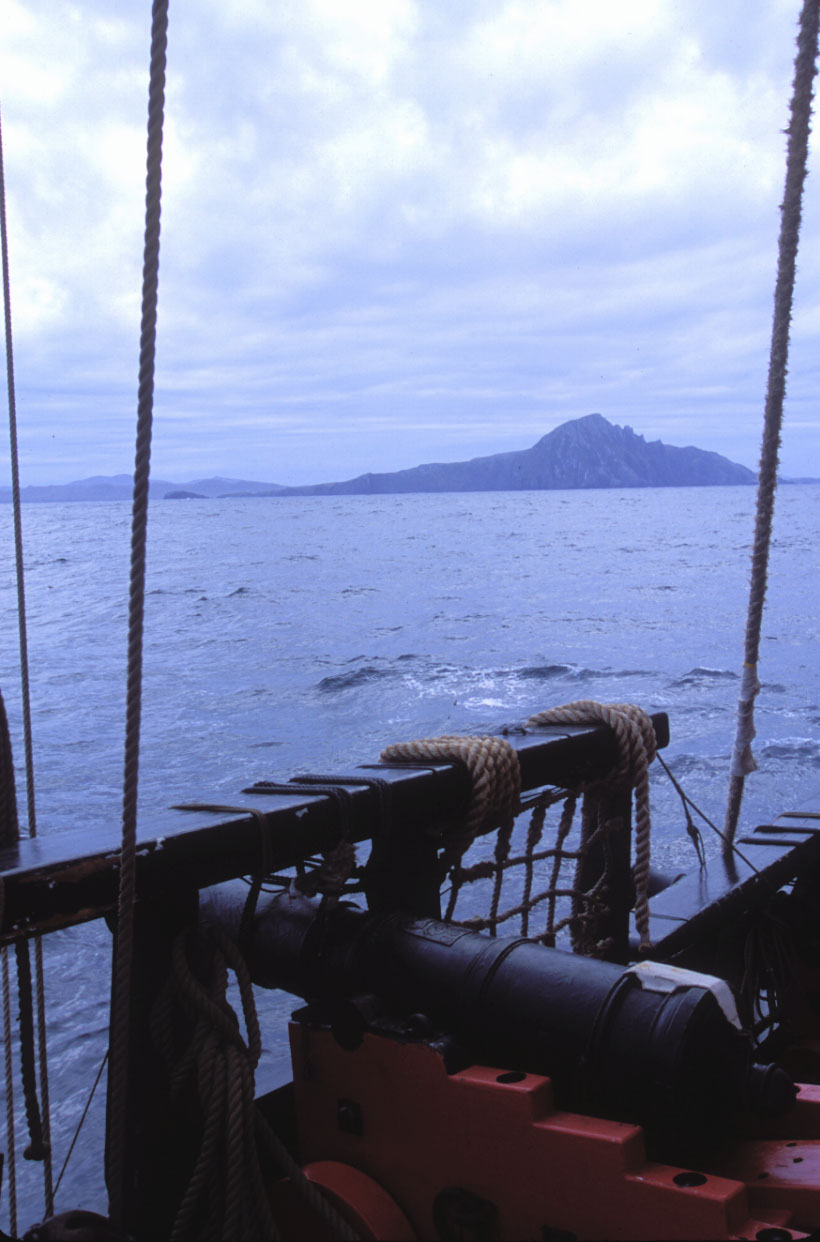
Helms down!!
Square the main & Mizzen!!
Capsize your coils!
Take your lines to one turn ……Thirty sailors from three different watches toiled and scurried about to perform what we in the 21stcentury boating world call a jibe. Simply put, a jibe is changing your tack while running before the wind and is accomplished in modern day sailing with a flick on the tiller or turn of the wheel. And, sometimes accompanied by a duck of the head as the boom comes around. Life is drastically different aboard tall ships and Endeavouris no exception. Built in the Whitby Cat design, she was a famous ship beginning life as a collier or bulk carrier named the Earl of Pembroke. Because of this attribute and her stoutness, the British admiralty chose her as the vessel to carry Lieutenant James Cook and his crew on their voyage of discovery in 1768. Nearly two hundred and forty years later, I was lucky enough to join Endeavour*and crew on a leg of her journey from Fremantle to Whitby, England by way of Cape Horn.
My first view of Endeavour came when she rounded Lands’ End in Bluff, New Zealand. “What a magnificent ship,” I thought to myself. I could hardly believe my fortune at spending the next several weeks aboard. One week later and several hundred miles at sea I was still becoming accustomed to the motion of the ship and the symphony of gurgles, hisses and groans that make up the acoustic repertoire of a sailing vessel. My habituation to Endeavour’svoice would come with time but right now I wanted sleep! Little did I know then but sleep was a precious commodity aboard a working tall ship. As I quickly learned and was reminded throughout the voyage, many little things that us land-lubbers take for granted often become a project at sea. For example, the “apparently” simple act of taking a shower had to be planned around sea conditions and ship’s maintenance. Meals presented a special challenge even though the galley was located in the lowest part of the ship – its belly. My entire body was put to use while dining: one hand for a chosen utensil, the other to hold my plate or bowl. My wrist often functioned to block my glass against a condiment dispenser. And, one or sometimes both legs and feet were used to help me remain in my chosen seat and not end up on the deck. If I make it sound difficult, it sometimes was, but I wouldn’t trade this adventure for the world! In short order many of the potential “inconveniences” became routine; in fact, small tasks took on the flavor as if one of life’s daily adventures. One of my favorite memories from the ship is a sign in the galley saying, “Be excellent to each other”, and we were.
My job, the reason I was even aboard ship in the first place was to assist in the making of two films: one for theatrical (i.e., Hollywood) release and a documentary for television aboutEndeavour’s“Horn Voyage”. My colleague, Paul Atkins and I were charged with the dubious distinction of filming rough weatherscenes during a Southern Ocean storm. No small feat from the deck of a pitching & rolling tall ship. Each day was new and interesting - no two were alike. We came to know the crew over time and they grew more comfortable being the subjects of our cameras. The first part of our journey was relatively sedate, yielding good weather and winds. While this afforded a certain amount of time needed to shoot film and video of the ship and create a plan of attack before the big storms came, Mother Nature’s delays made the folks back in Hollywood edgy. Days were long and ran together while nights were short and often sleepless, nonetheless, the exposed camera rolls continued to amass at an astounding rate. Paul and I went everywhere on Endeavour. Out on the bowsprit. Up to the fighting tops. Harnessed in and hanging out-board in order to shoot down the side of the ship as swells slammed into her timbers. But, my personal favorite was when we got the opportunity to film Endeavourunder sail from the Zodiac. There was something invigorating about being in the middle of the Southern Ocean, in a 16 foot inflatable boat filming an 18thcentury square-rigger under full sail. Not too many people can say they’ve done that! With or without the photos and film shot, I will always remember her image under sail.
One of the unique things about life so far south is that the critters are mostly new and different but always spectacular! I had seen and worked with a few of our sighted animals before on various trips to Patagonia and New Zealand. Still, nothing prepared me for Hourglass dolphins riding our bow wave as we lumbered along. Or, seeing a pod of killer whales surfing a fifty foot storm wave. Or, the ever-present clouds of Albatross against the setting sun. Many of these things happen so quickly, so spontaneously that there is no time to set up a camera but they will forever be exposed into the emulsion of my mind. I recall one such memory born immediate following a successful fishing foray by our shipwright, Andy. With a hand line and trolling an artificial lure, Andy hooked and landed what looked like a prehistoric Tuna with large scales and huge teeth. Encouraged by his recent catch, the lure was cast out again, this time with different results. Later that day, when the line was checked again, it was discovered that there was indeed something on it - an Albatross! The unfortunate bird’s demise brought a verse to mind, back from the long-buried files containing lessons and other tidbits from my youth …
‘God save thee, Ancient Mariner!
From the fiends, that plague thee thus!-
Why look’st thou so? – With my cross-bow
I shot the Albatross.**
“I wonder”, I thought! Hmmmmmm!!
The next day brought an eerie stillness and a falling barometer: an unusual combination. The Southern Ocean had something in store for us and by that afternoon we had an inkling of just what that might be. An easterly wind had risen that combined with building seas to slow our progress to less than one knot. By 6 PM that evening, we were smack in the midst of a force 10 gale complete with blowing snow and sleet. It was a bit disconcerting the first time I saw Endeavour’sbow disappear into a wave and the head-sail bursting with so much air that the hanks were popping off. With all forward progress now stymied we hove-to so that we could ride out the remainder of the storm hoping not to be blown too far off course. The feel and sound of the wind howling through the rigging is one that can best be described by imagining a forest full of howling Banshees trying to blow you off your feet. Captain Blake said the peak of the storm passed us at about 3:30 AM. By the time I rose (can’t say woke, because I was not sleeping), wind speed was a mere 25 knots and the sea had settled substantially.
The following week graced us with mild weather in which to continue our filming and our easterly progress. At this point, two-thirds of the way through our voyage, we had a considerable amount of film “in-the-can”, including some solid weatherfootage. Still, we had yet to see or film one of the large storms characterized by massive waves for which this area is famous. Yes, we were actually wishing for rough storm seas. We were about to get our wish: some 900 miles off Chili’s east coast, the barometer plummeted again. Only this time, it did not stop! Dropping past 980 Millibars to the very bottom of the instrument’s mechanical limits, the needle just sat there – pegged, as it were! That evening, Captain Blake said to Paul, with just the hint of smile on his face “Your going to get your storm footage!” Morning dawned, or I should say roared to life, in the form of a Southern Ocean gale. This storm was much more powerful than the last. With the larger swells topping 50 feet and wind speed approaching 70 knots, the air temperature had fallen to -18°C with wind chill. Once again, Endeavour’smettle, as well as our resolve to capture the gale on film, was tested by Mother Nature and Father Neptune. Endeavourexperienced pitch and rolls that made the deck incline impossible to stand on with out hanging on, even if the ship were still. It was easier for me to stand on the wall of the cabin at the apex of these rolls rather than the deck. Responding to my query, the first officer informed me that Endeavourwas designed to take a knock-down of 120° while retaining the potential to write herself. Fortunately, we did not test her degree limit. I had left one of our camera’s tripod strapped in and set up in the waist of the ship from the previous day’s shooting. Thank goodness I had the fore-thought to rig it then, because it would have been impossible to do it now! It still took me nearly 20 minutes to mount the head and camera and ready it for filming, normally a five minute job. The sea was beautiful, in a scary sort of way. Huge rolling swells towering above the deck that already stood more than 15 feet above the surface. Powerful, breaking white caps larger that any wave that I had ever experienced during a normal day at the beach. The result of a 10 foot white cap slamming into the hull might be compared to an earthquake followed immediately by a tidal wave with you as the target! In spite of experiencing our own personal tsunami’s, Paul and I were able to shoot several rolls of film during this storm that we hoped would “WOW” the folks back on land. While we were involved with making a movie, the crew was involved with keeping Endeavourpointed in the right direction and seeing that we didn’t turn into a submarine. With the wind as strong as it was now, and Endeavourscreaming down the face of these storm waves at over 12 knots (a new ship’s record) a unique phenomenon occurred: air movement goes almost completely still in the trough. All the wind is shielded by the wave but continues blowing overhead! Once we start to sail up the other side, however, the wind returned with a vengeance. The storm began to abate after about a day and a half but we were still roughly 700 miles from Chili and now up at 52° south latitude. We had been blown roughly 200 miles north and we were running out of sea room, so to speak.
Throughout the next several days, Captain Blake and his crew worked to regain our more southerly position while trying to sail in an easterly direction. Since the lower part of South America tends to curve off to the east we were able to sail with the wind that we had, even though it was blowing from the wrong direction. We approached the Chilean coast to within 40 miles with this unfavorable wind. Not wanting to be caught on a lee shore, Captain Blake decide to head back out to sea, away from land, while trying to tack south towards Cape Horn. After 34 days at sea and land so close that you could smell it, the decision was made ……Stand by to wear ship!!
“Welcome to the 18thcentury,” Blake said, with a slight bit of irony in his voice. Retracing our steps and losing more time gave us another look into what the old sailing vessels must have faced quite often. The following day the wind clocked around to a more favorable direction and we were able to continue our journey. Two days later, in an evening snow storm, we approached the Diego Ramirez Islands whose rocky shores are the last landfall until Antarctica. And, the first land that we had seen in nearly 40 days.
Uninhabited and inhospitable, these islands were a welcome sight and only a six hour sail from Cape Horn.
At 04:30 the following morning, I heard the first officer waking people in preparation to see the Horn. The sight I observed was truly moving! The weather had cleared and the sea had settled revealing the burnt orange glow of the pre-dawn sunrise as it silhouetted Cape Horn’s jagged pyramid-shaped peaks. As the crew gathered on deck in the early morning light, there was a hushed reverence observed by all, only occasionally punctuated by the flash of a camera strobe. Here before us lay what some call the “Everest of Sailing” and by an incredible stroke of luck, we happened to visit during one of it’s more peaceful moods. Others before us have not been so lucky…..
I am the Albatross
That waits you
At the end of the earth
I am the forgotten soul
Of the dead sailors
Who crossed Cape Horn
From all the seas of the world
But they did not die in
The furious waves
Today they fly on my
Wings to eternity
In the last trough of the
Antarctic winds***
As quickly as it settled, the sea changed her mood again with increasing wind and seas, as if to say “OK, time to get going”. The balance of the trip was uneventful except for a minor engine problem coupled with extreme offshore winds outside the Falkland Island’s harbor mouth. That forced Paul and me, with the help of the crew, to off-load our 40 some cases of equipment and ourselves at sea to a smaller boat that took us into Port Stanley. Because we had a morning flight, we did this in the event that Endeavourmight not make it into port. However, her mechanical hiccup was repaired and Endeavourand her crew joined us later that day onshore. We had been at sea for 43 days and it was great to get to say our good-byes over a pint in the pub instead of over the rail of the ship.
All of life’s experiences help to shape the person that we are today and each individual came away from this journey with something different. A bit of personal growth, new found courage perhaps, or just finding that bit of adventurer that lives in all of us. Mine? A new chapter in my personal book of life.
* Endeavourreplica is a copy of Cooks original Endeavourbuilt with up to date navigational and safety equipment but few modern conveniences.
**”The Rime of the Ancient Mariner” by Samuel Taylor Coleridge
*** Author unknown. This poem appears as an inscription on a rock at Cape Horn
Half Way to Nowhere
This email address is being protected from spambots. You need JavaScript enabled to view it.
This email address is being protected from spambots. You need JavaScript enabled to view it. copy
This email address is being protected from spambots. You need JavaScript enabled to view it.
This email address is being protected from spambots. You need JavaScript enabled to view it.
This email address is being protected from spambots. You need JavaScript enabled to view it.
This email address is being protected from spambots. You need JavaScript enabled to view it.
This email address is being protected from spambots. You need JavaScript enabled to view it.
This email address is being protected from spambots. You need JavaScript enabled to view it.
This email address is being protected from spambots. You need JavaScript enabled to view it.
This email address is being protected from spambots. You need JavaScript enabled to view it.
John (c) PA.jpg
http://terramarprods.com/images/imageshow/Blog/HalfWay/John (c) PA.jpg
This email address is being protected from spambots. You need JavaScript enabled to view it.


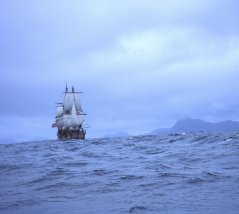
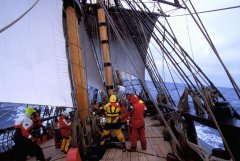
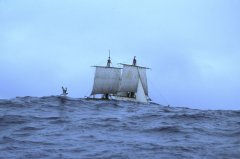
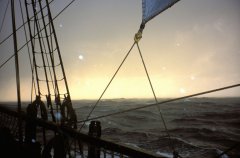
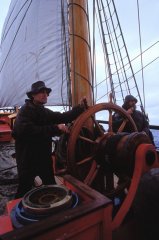
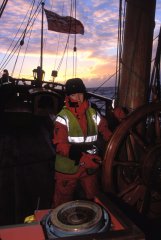
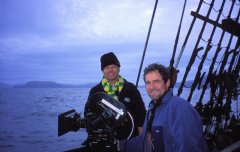
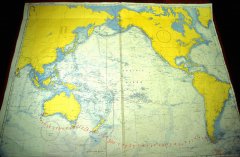
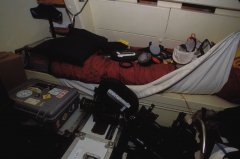
 PA.jpg)
